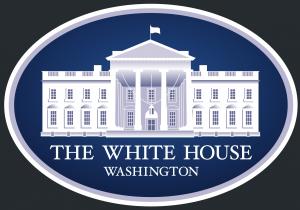US launches "bold decadal vision" for fusion energy
"Moonshot." "Bold vision." "Game-changing innovation." "The race is on." Such was the vocabulary, and the mood, of the White House Fusion Summit hosted by the US Office of Science and Technology Policy (OSTP) and the Department of Energy (DOE) on Thursday 17 March. The coalescence of leaders from US industry, government, and academia was noteworthy for its diversity of voices and commonality of vision: the acceleration of efforts to bring fusion energy to commercial readiness.
The roster was full of significant names, starting with Alondra Nelson, Head of OSTP and Deputy Assistant to President Biden; Secretary of Energy Jennifer Granholm; and Gina McCarthy, National Climate Advisor. National laboratories were well represented, as were private sector fusion initiatives such as Helion Energy, Commonwealth Fusion, Zap Energy, TAE Technologies, and the Fusion Industry Association. Panelists highlighted recent private and public sector fusion energy breakthroughs. Breakout sessions reviewed the significant technological, regulatory, and public engagement challenges that lie ahead.
ITER was a frequent topic. Discussions highlighted the relevance of ITER experience and innovation in component design and manufacturing, data and modelling software, logistics and supply chain development, as well as the value of access to the global fusion scientific brain trust. Several speakers noted that a vibrant US domestic fusion R&D program would enable taking greater advantage of ITER research—as with any ITER Member—but that the US in particular would benefit due to the preponderance of US-based private fusion companies and investment.
Integral to any moonshot is both the thrilling vision and the sobering reality. As Secretary Granholm pointed out, "There's a reason why fusion is hard.... Even as we are making amazing progress, we have to be careful about overpromising, and we have to be realistic."
The race is on.
Watch the full summit here.


